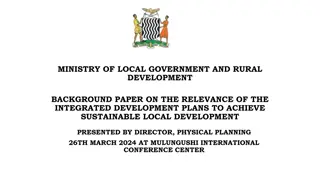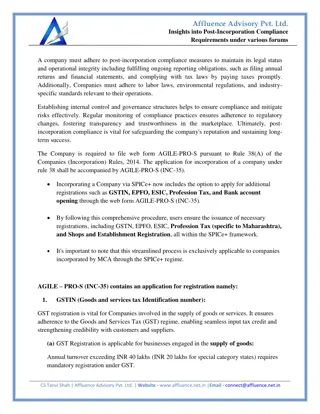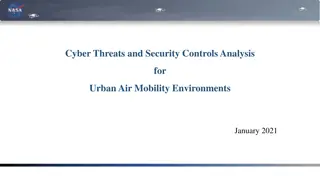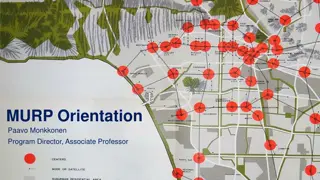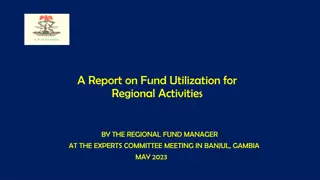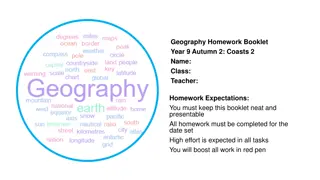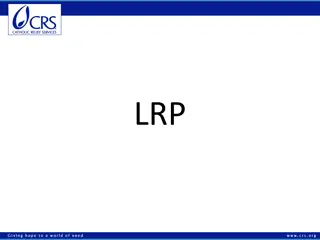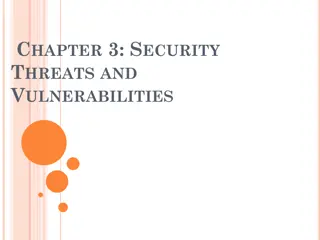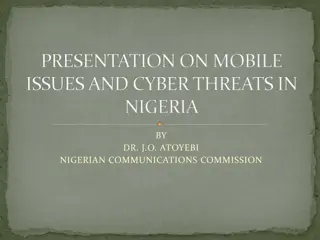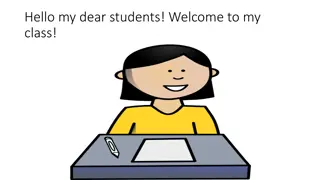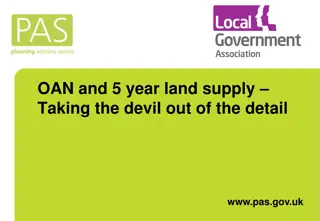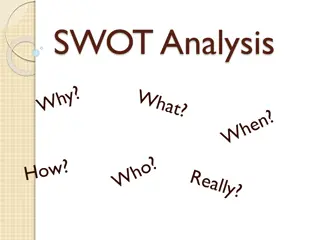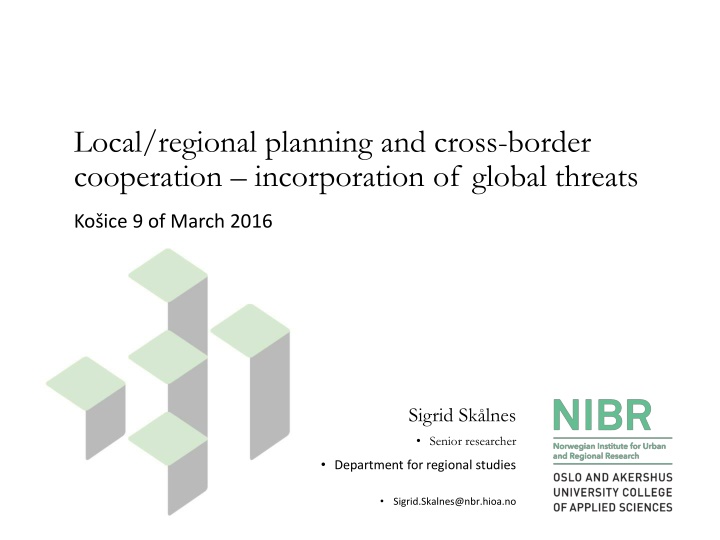
Incorporation of Global Threats into Local and Regional Planning
Exploring the integration of global threats within local and regional planning frameworks across border regions in Europe. The discussion covers cross-border cooperation, economic potential, climate change challenges, demographic shifts, labor markets, education, health, infrastructure, and more.
Download Presentation

Please find below an Image/Link to download the presentation.
The content on the website is provided AS IS for your information and personal use only. It may not be sold, licensed, or shared on other websites without obtaining consent from the author. If you encounter any issues during the download, it is possible that the publisher has removed the file from their server.
You are allowed to download the files provided on this website for personal or commercial use, subject to the condition that they are used lawfully. All files are the property of their respective owners.
The content on the website is provided AS IS for your information and personal use only. It may not be sold, licensed, or shared on other websites without obtaining consent from the author.
E N D
Presentation Transcript
Local/regional planning and cross-border cooperation incorporation of global threats Ko ice 9 of March 2016 Sigrid Sk lnes Senior researcher Department for regional studies Sigrid.Skalnes@nbr.hioa.no
Border-regions in Europe More than one third of EU citizens live and work in Europe's border regions. Long history of cross-border cooperation in different places in Europe In the Nordic countries since 1952 Different organizations for border regions established The Interreg programs (in the 90thies) Different border regions and forms of co- operation Huge regions, sparsely populated, long distances, different languages Neighbouring-regions smaller regions, the cross-border traffic pretty intense. Language understand each other The national borders (formal barriers (Schengen), but also (minor) barriers connected to taxes, social security Distances, lack of good communication lines, expensive transport EU membership - cross-border regional development took a more prominent role in more sparsely populated territories However, a significant economic potential remains untapped in the border areas due to a lack of trust or even the existence of negative attitudes among neighbouring countries
Regional planning and global challenges Global trends, cohesion policy, national policy, regional policy what does the globaal trends mean for the local level (above- below) Creating growth and jobs. Tackling climate change and energy dependence, and reducing poverty and social exclusion Climate change ( the green city/the walking city/the engaged city/the compact city/the diverse city/the including city Demografic changes Increasing or decreasing population reasons? Sex the gender pattern, how and why? And what does this mean for the society/for the future? Ages need for care, education, work, etc? Migration - immigration/emigration diversity? Challenging the local culture? Refugees, asylum seekers Labour market Common labor market across the border? Barriers/challenges (the border, tax systems, social security systems) Education and competence Language Access to education Cooperation between different institutions (e.g. universities) Health and care Public health Care for young/older people to do this? Infrastructure Communication and transportation easy to cross the border(s)? Near/far from a market?
Local/regional Global Global trends, cohesion policy, regional polircy Climate Bio-gas (Nord: Lappland, Tornedalen) Climate canges, resources Natural and tecnological changes Labour and employment Creating new jobs, developing the local society Nordland county: Local food as engine for local business (Innovation and the knowledge economy) The partnership consists of 13 partners from 9 countries (NO, SE, UK, CH, IT, ES, EH, SI and BG). Research and innovation, entrepreneurship Development, Evaluation and Optimization of Measures to Reduce the Impact on the Environment from Mining Activities in Northern Regions (NORD: Lappland, Norrbotten, Troms) Common labour market in the Nordic countries - Communication, transportation and infrastructure ROADEX-network set up to guarantee the reliability of roads, ensuring local residents have access to these community lifelines and to indigenous industries such as fishing, farming and forestry ( Finland, Scotland, Norway and Sweden and all of Greenland, Iceland and the Faroe Islands) Education and competence Acess to education NORP Adapting the vocational traing in the North Calotte (Nord: Finnmark, Troms, Nordland, Norrbotten) Karlstad University and Hedmark county Health and care Children, older people. Immigrants as health personell Innovative eHealth, care technology Public security and protection Preparing for Future Crisis Management (Sverige-Norge, Karlstad University: Hedmark, V rmland, Dalarne)


